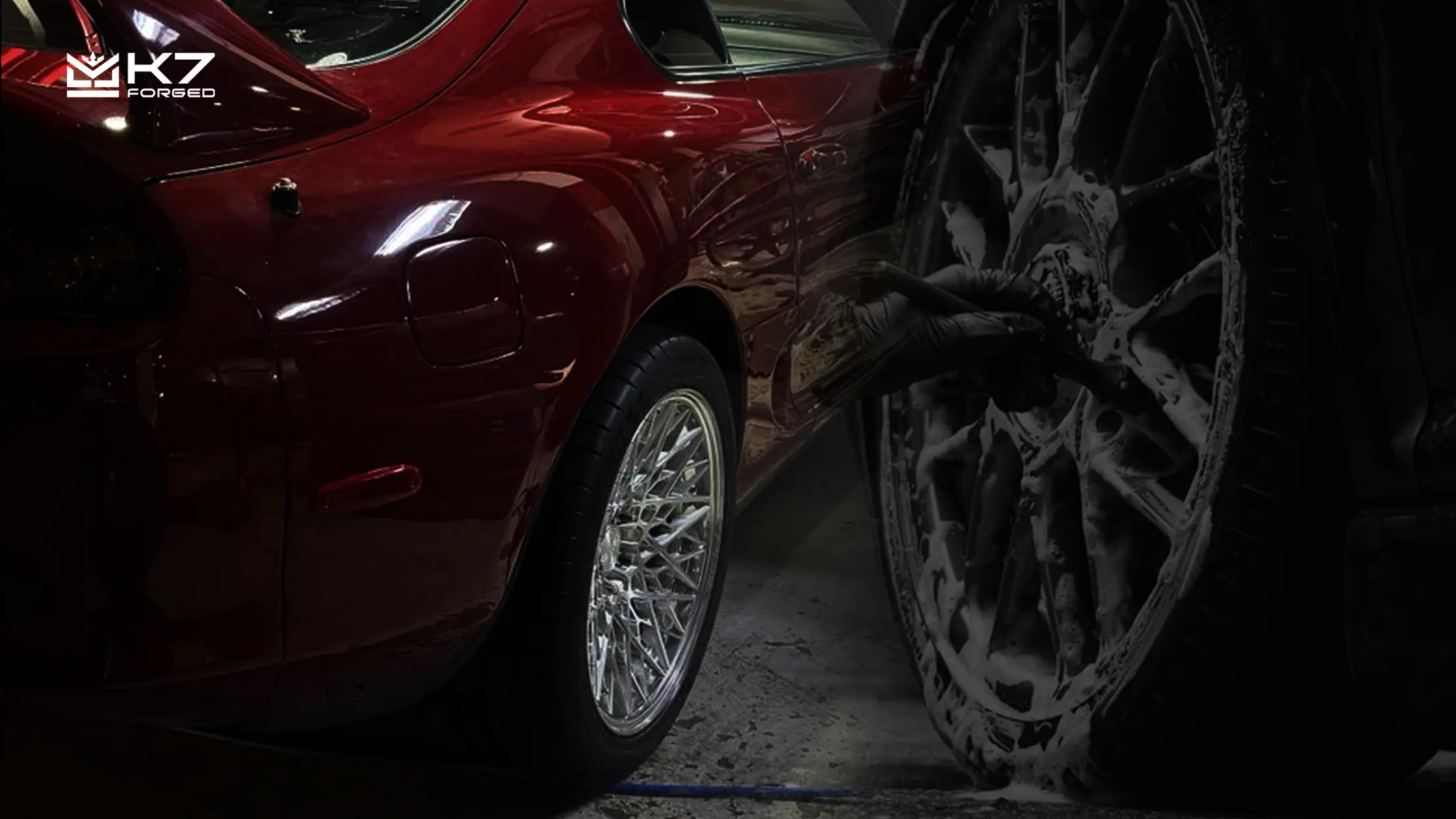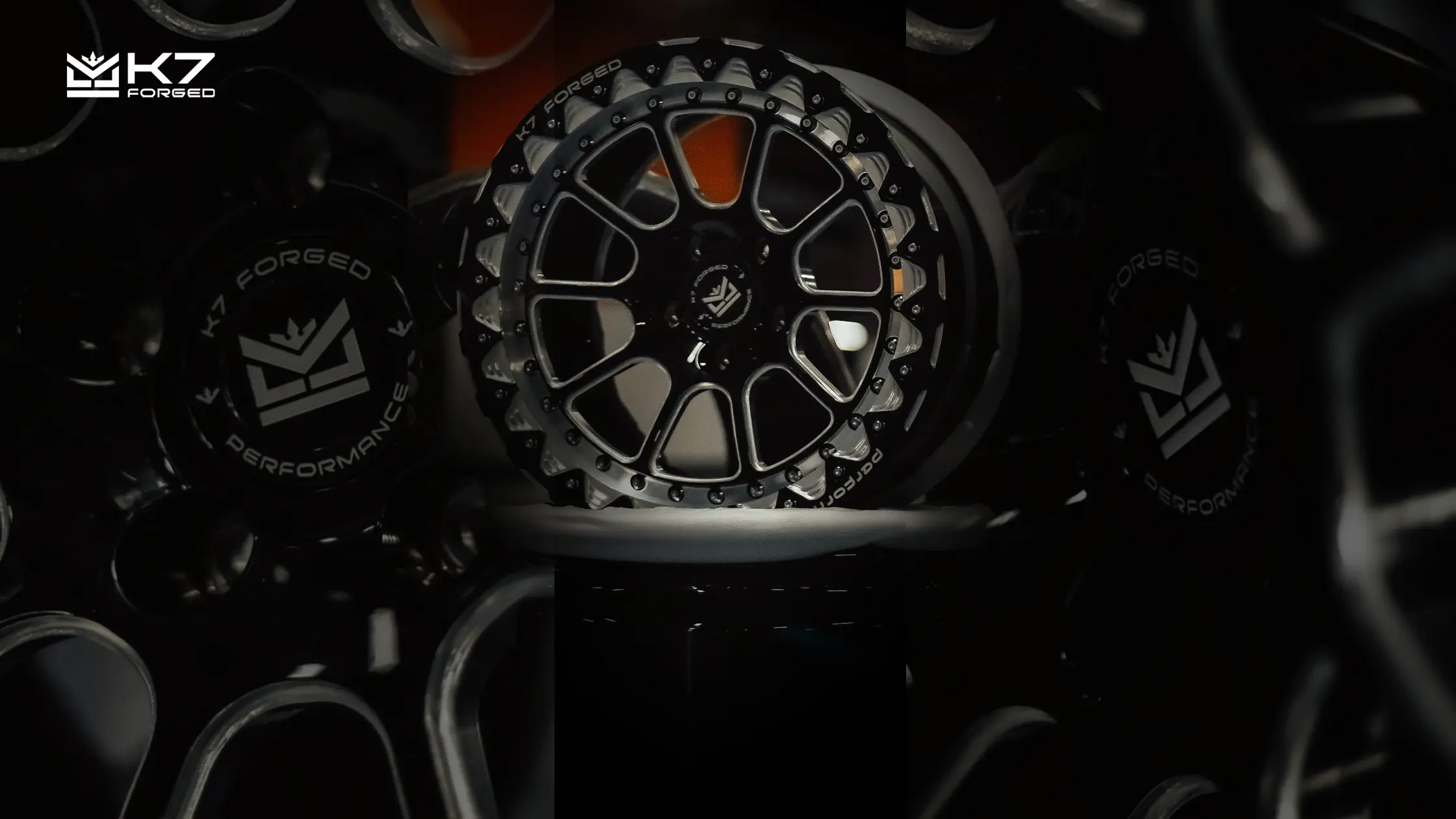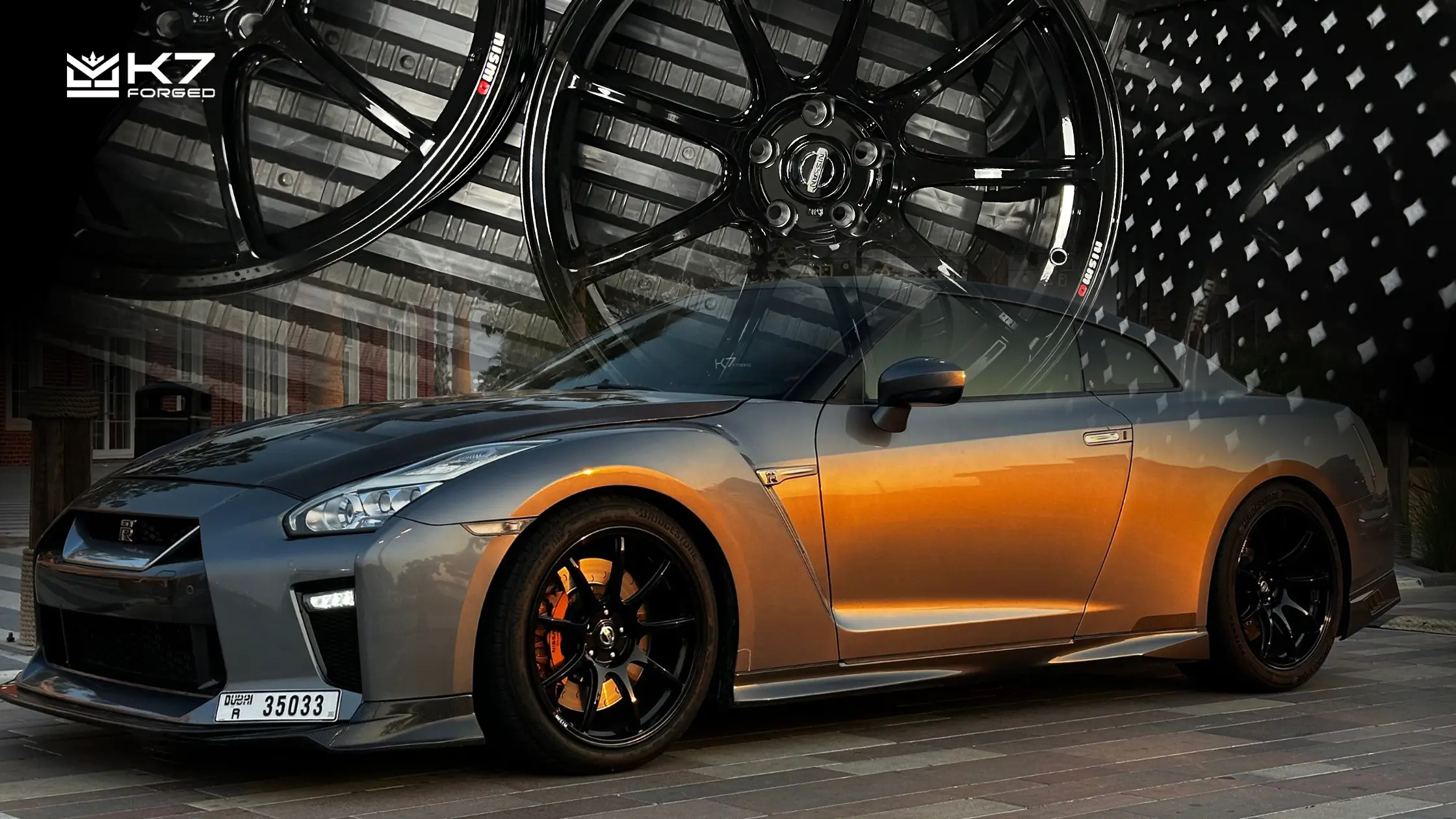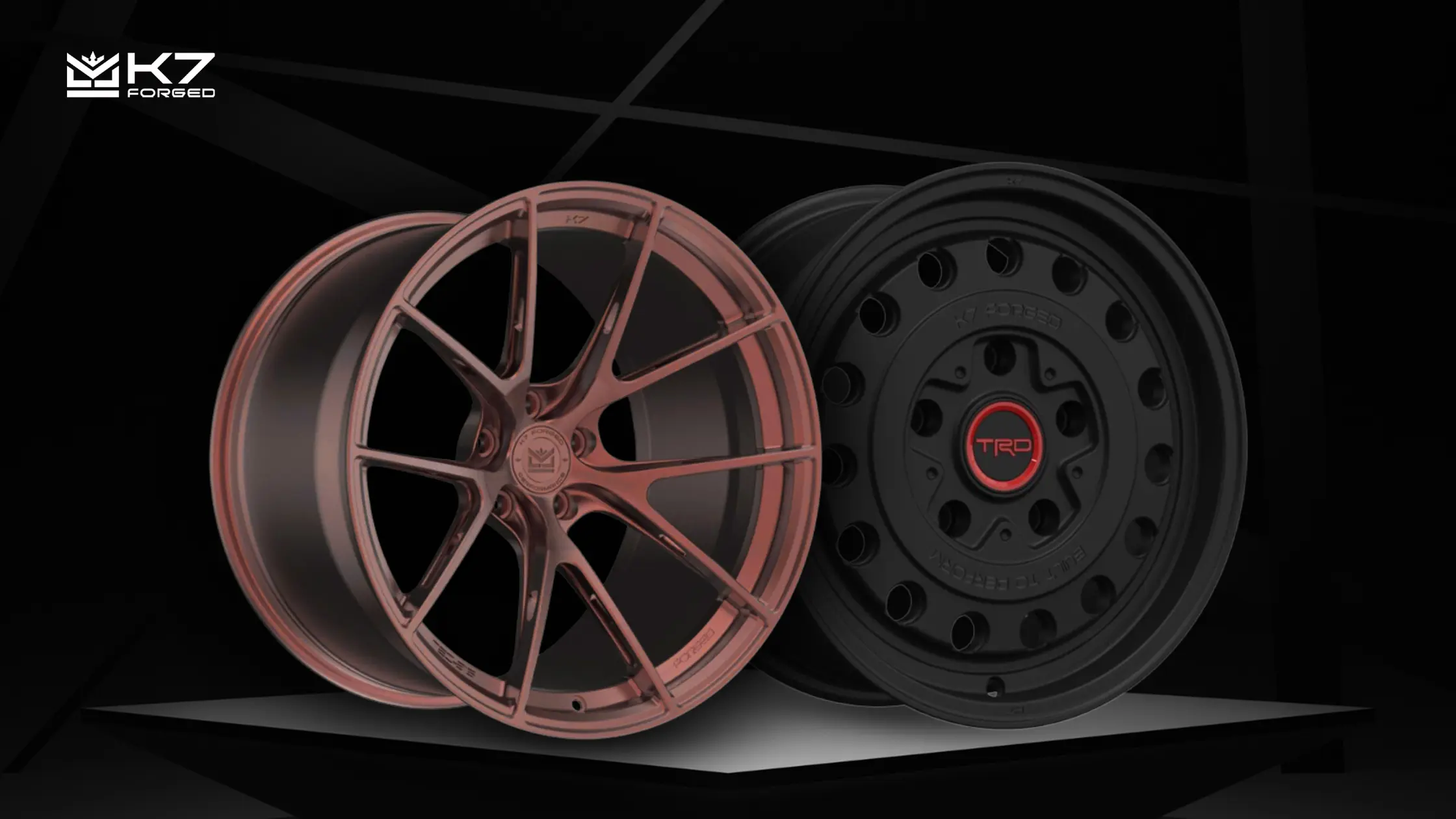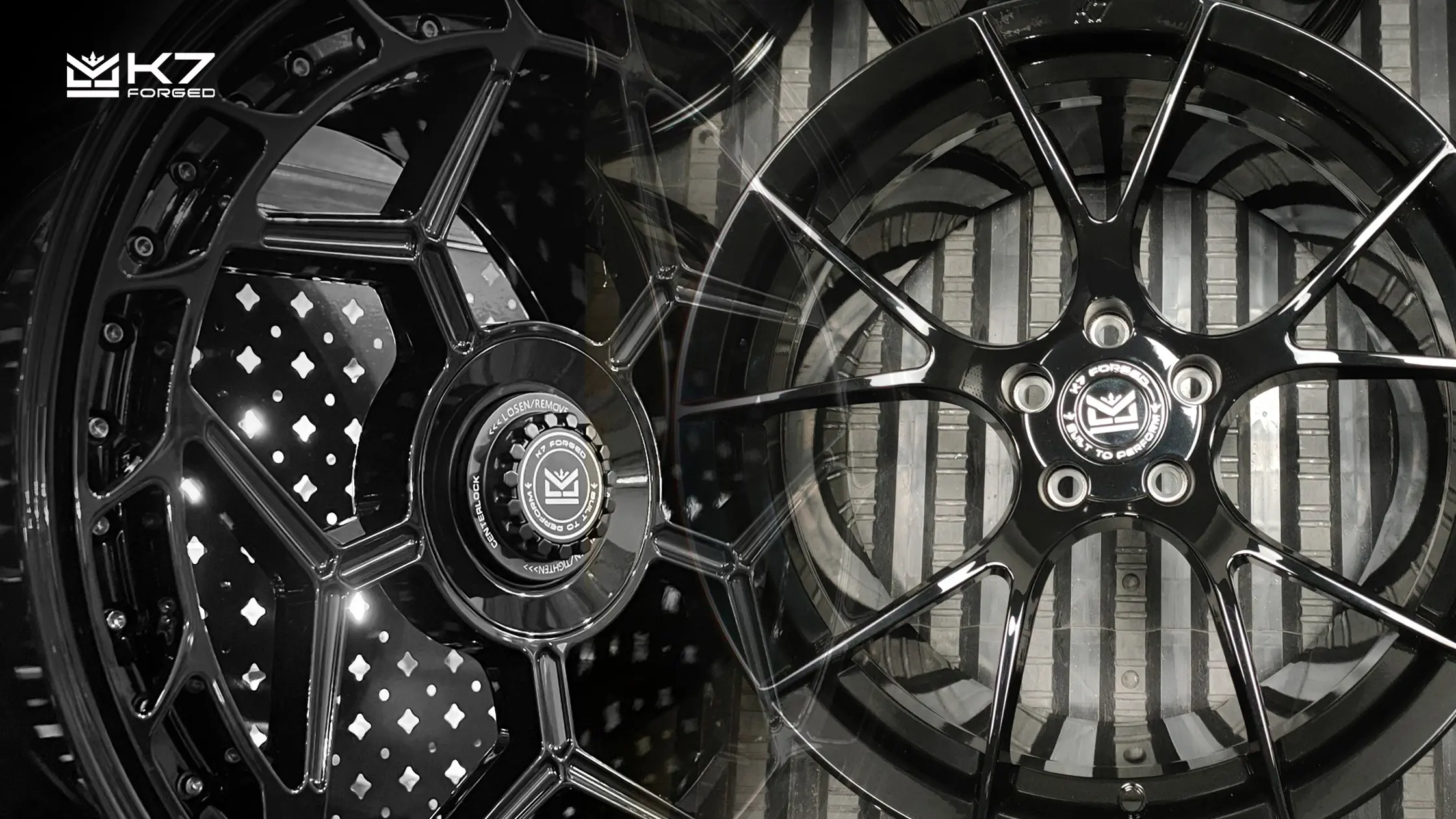If you’re thinking of upgrading to alloy wheels or maybe getting some custom rims, you might’ve already thought about going up in size. Every car enthusiast dreams of getting bigger aftermarket wheels, but how does the wheel size impact your car’s performance?
Everything from acceleration and braking to ride comfort and mileage, your car may experience some benefits and downsides. It all depends on how you intend to use your vehicle and how the wheel’s size matches your car’s chassis specifications.
What happens when you change wheel size?
When we mention wheel size, we’ll need to think of both the wheel diameter and the wheel width. Individually, they significantly impact your vehicle’s handling, stability, and performance.
If you change the wheel size, you’ll also ned to adjust it for the tire sidewall. There are two reasons for that: one is that your speedometer readings may get affected, and the other is to maintain proper vehicle dynamics. For instance, when you get alloy wheels with a larger wheel diameter, you’ll need to decrease the tire sidewall height, and in turn, you’ll get low-profile tires.
Larger wheels are known to improve cornering stability and braking performance, but due to it’s increased unsprung weight, ride comfort and fuel efficiency may take a slight hit.
How does wheel size affect acceleration and speed?
Anything at rest wants to stay at rest; we all know that from Newton. For wheels, rotational mass (or rotational inertia) is how much a wheel resists changes in its spinning motion.
A heavier wheel or a wheel with a larger diameter takes more force to start or stop spinning, while a lighter wheel spins more easily. That’s exactly why you’ll need lighter racing wheels if you are planning on racing in the streets of Dubai.
Conversely, smaller wheels reduce rotational mass, giving you quicker acceleration. However, this can come at the expense of top-end speed. A Reddit user has pointed out:
“It would improve acceleration (in the first~30 feet), however, it’d limit top end. Over 1/4 mile, you’d see worse performance.”
The reason is torque; once you get the heavier wheels to move, spinning them faster is easier. There is also the question of wheel strength, which is why you should opt for forged monoblock wheels that are stronger and lighter.
How does wheel size influence ride comfort and noise?
Alloy wheel size significantly impacts ride comfort and cabin noise. Larger wheels need low-profile tires, and that too with shorter sidewalls. Since they have less cushioning over road imperfections, you’ll have to deal with harsher drives.
In contrast, smaller wheels paired with higher-profile tires have more sidewall flex, absorbing road irregularities and therefore, a smoother ride. But, excessive sidewall flex can slightly worsen handling.
Also, larger wheels can increase cabin noise. Always check with the wheel manufacturer and then buy the wheel that is best for your vehicle.
How does wheel size impact handling and braking?
Larger wheels allow for the installation of bigger brake components, improving stopping power. However, larger wheels also add to the unsprung weight.
More unsprung weight makes it harder for the suspension to keep the tires in contact with the bumps in the road. So, lesser traction.
Moreover, low-profile tires in larger wheels have stiffer sidewalls, reducing sidewall flex and enhancing cornering stability. Yet, this stiffness can also lead to a less comfortable ride. But the stiff tires will make handling a little more predictable.
How does wheel size affect fuel efficiency and range?
For ICE cars, the larger the wheel size, the less the mileage. And if you use an EV, your total range might take a hit too. Larger wheels increase rolling resistance and rotational mass, which means your vehicle needs to spend more energy to go the same distance. This leads to decreased fuel economy.
Of course, in electric vehicles, the impact is even more pronounced. Going up an inch is fine in most cases, but if you go even higher, you’ll have to reduce the tire sidewall by the same amount, drastically reducing your EV’s range.
What are the cost implications of changing wheel size?
What’s the first thing that hits your wallet when you upsize your wheels? New tires.
If you’re going for bigger wheels, you’ll need tires with a lower profile to keep your overall diameter close to stock. And low-profile, performance-grade tires usually cost more than standard ones. Also, the bigger the wheel, the more premium the tire needs to be to match it, both in looks and durability.
You might also need some suspension tweaks. Higher diameter wheels increase the ride height, reducing the wheel well clearance. Meaning, your car’s suspension geometry gets affected. Some drivers end up spending extra on coilovers or spacers just to fix issues that crop up post-install.
On top of that, there’s fuel efficiency, brake wear, and tire wear — all of which could lead to higher long-term maintenance costs. Heavier wheels can strain your suspension and steering systems more over time.
That’s why most experts recommend sticking close to factory specs unless you’re upgrading to lightweight forged wheels like those from K7 Forged — built for performance, strength, and less rotational mass.
Larger Wheels: Pros & Cons
Pros:
- Better cornering and braking performance
- Sharper handling
- Visual appeal
Cons:
- Harsher ride
- Increased fuel consumption
- Higher upfront and maintenance costs
Smaller Wheels: Pros & Cons
Pros:
- Smoother ride
- Cheaper tires
- Better fuel economy
Cons:
- Reduced handling sharpness
- Can look underwhelming on certain cars
Upgrade to the best custom rims for your car in Dubai
Changing your wheel size is like giving your car a new personality. It changes how it performs, feels, and even how much it costs to drive.
If you want speed, go bigger. If you want comfort, go smaller. And if you want both, invest in forged wheels from K7 Forged — especially if you’re in Dubai where both performance and style matter.

